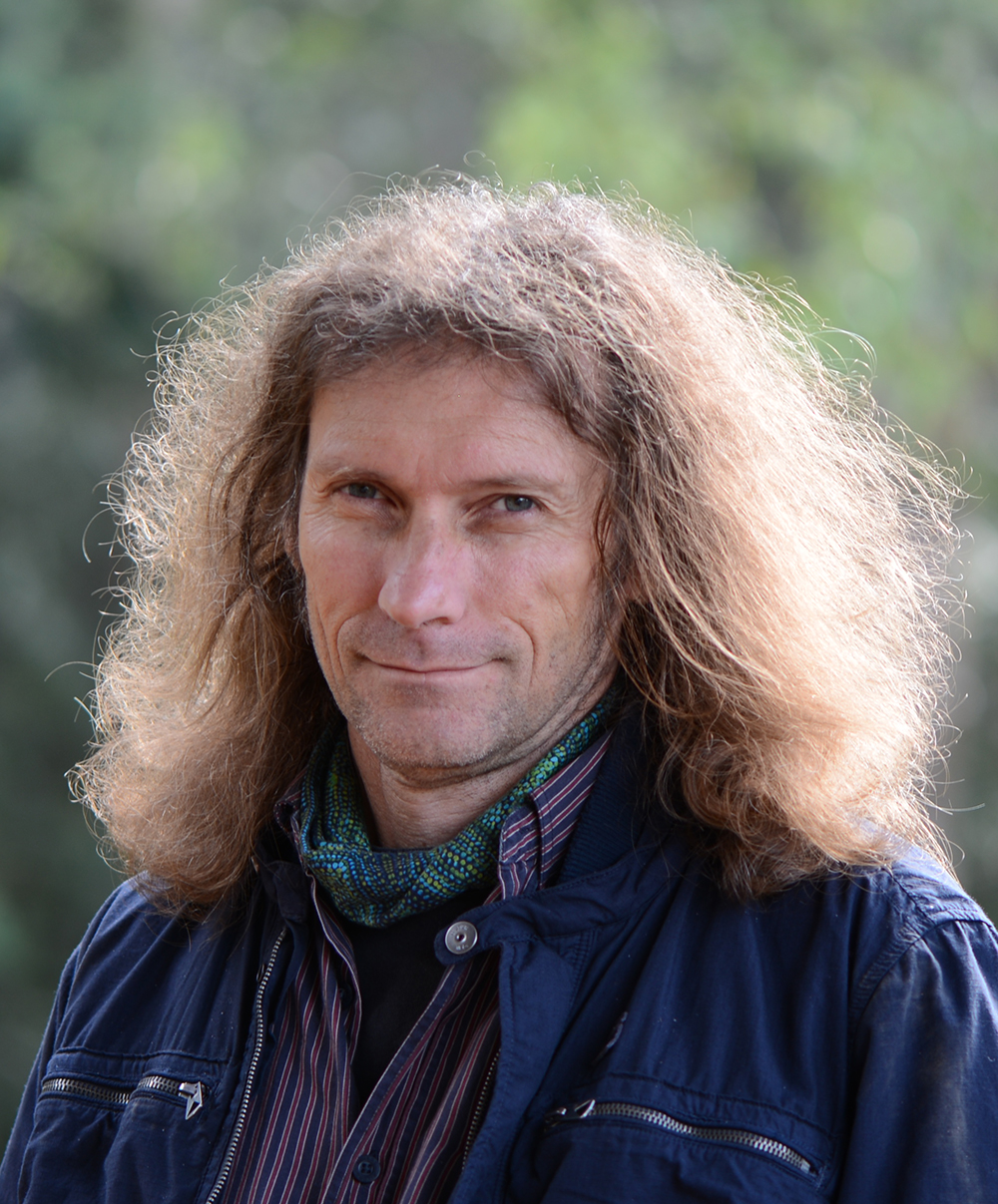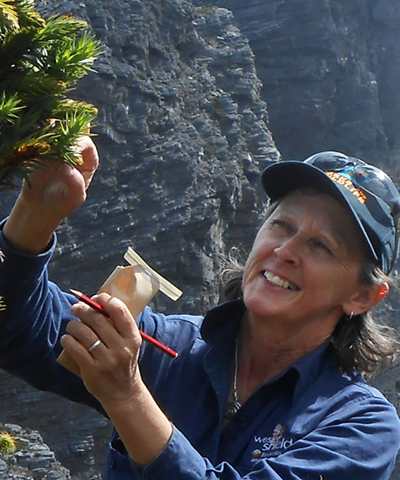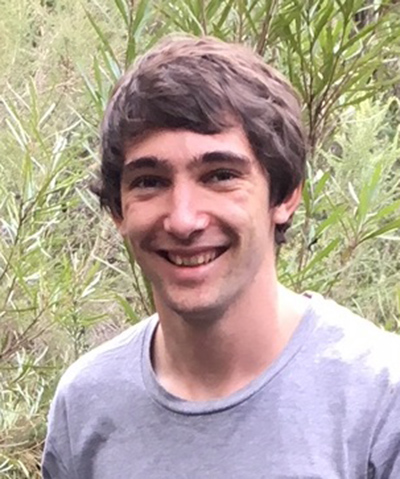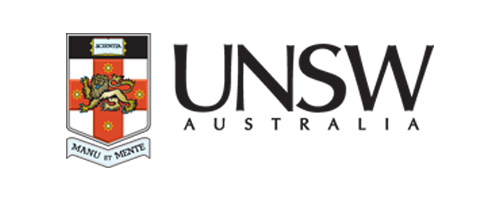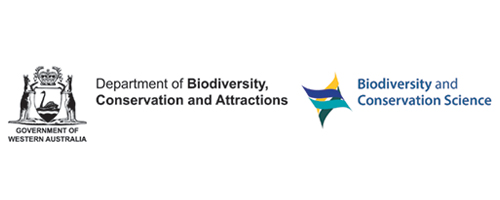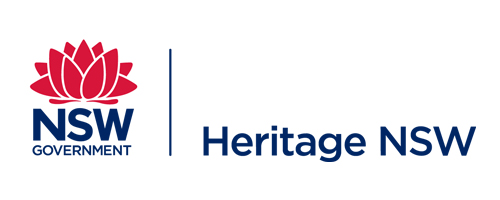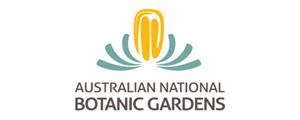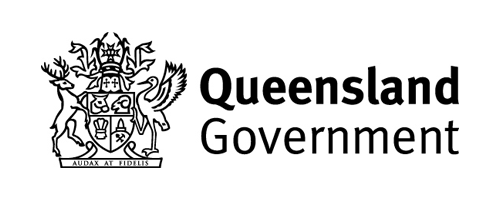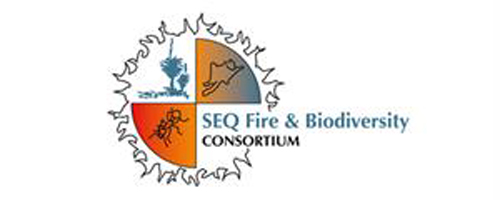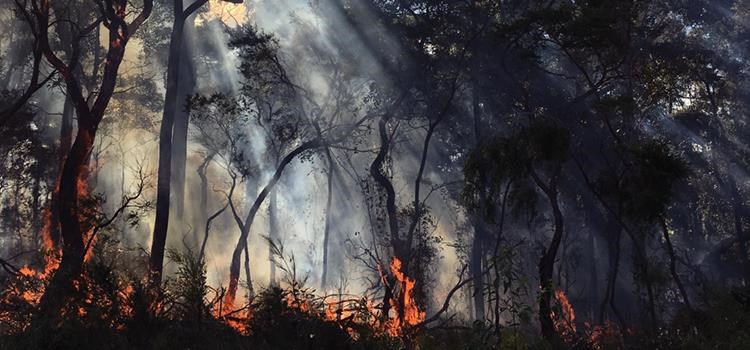
Altered fire regimes are a major threats to biodiversity in fire-prone landscapes. Understanding their impacts can help us effectively manage threatened plant species and ecological communities. This project will improve fire management strategies to prevent the extinction of threatened plant species.
On-ground field trials will fill knowledge gaps about the required burning regimes for a number of species including threatened Rutaceae, Ericaceae, Proteaceae and Pomaderris in NSW, WA and QLD.
Broad-scale comparative analyses of plant fire responses will also be undertaken between three temperate regions to identify trait differences between threatened and common flora from various fire-prone environments. The project will deliver evidence to improve strategies for planned and unplanned fire management for many threatened plants.

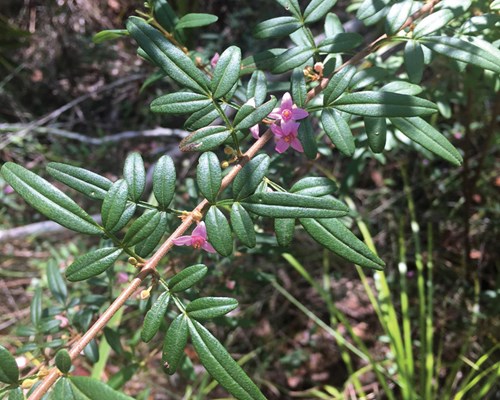
Boronia keysii. Photo: Mark Ooi
Why is the research needed?
Large numbers of threatened plants and ecological systems in the forests, woodlands and heathlands of temperate Australia are under threat from inappropriate fire regimes.
In particular, inappropriate fire can fail to produce cues that are critical to germination, recruitment or reproduction. In some areas, the current fire regimes involve frequencies, intensities and seasons that are resulting in population declines and local extinctions of plants.
Currently conservation management agencies rely heavily on generic fire frequency guidelines to manage threatened flora. While these generic guidelines work for many common species, they are failing to provide adequate fire regimes for many threatened plants and threatened ecological communities. Management agencies have also been limited by a lack of synthesis of existing knowledge about the most effective fire management for threatened species.
State agencies in New South Wales, Queensland and Western Australia have requested research and guidance to improve fire management strategies. A national-level effort is also required to better understand how the impacts of fire and herbivory interact on threatened plant species and ecological systems.

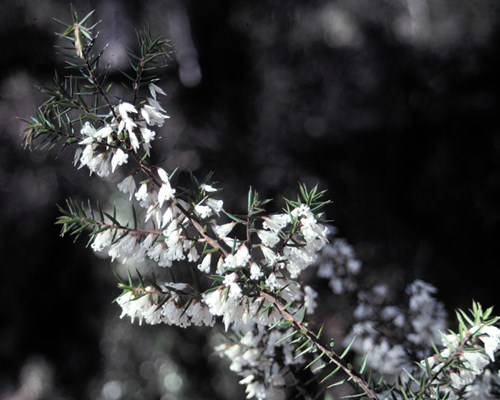
How will the research help?
This project aims to improve conservation outcomes for threatened plant species and ecological systems by refining fire regime management.
It will achieve this through:
- Comparative analyses of plants in three temperate fire prone regions (southwest Australia, temperate southeast Australia and subtropical southeast Australia) to identify life-history traits that predispose particular plant species to high risks of extinction from particular fire regimes
- Collecting new on-ground data and undertaking modelling of key species and communities at risk from inappropriate fire regimes
- Improving understanding of multidimensional fire regimes that would better meet the ecological needs of threatened species
- Improving capacity to explore a range of fire management options through spatio-temporal models
- Tailoring the timing, location and intensity of burning and suppression activities to the ecological requirements of threatened species.
Such tailoring, while extremely challenging due to the complex social and economic trade-offs, is crucial for the long-term persistence of many species.
The project will also synthesise all relevant existing studies and knowledge and undertake well-replicated field experiments.
On-ground field trials will strengthen links between researchers and agency fire management staff in three states. Improved fire planning and management will enhance conservation outcomes.
Overall, the project will deliver a detailed understanding of the mechanisms of the decline of threatened species and new strategies for reducing the impact of fire on them.
These outcomes will extend to many species beyond the listed threatened species targeted and directly benefiting from the field trials.
What research activities are being undertaken?
We will evaluate and prioritise a set of candidate species, collate existing information and design experiments in the field to quantify important life-history traits and population characteristics that affect fire response.
The experiments in the field and lab will be coordinated with fire management plans, where possible. Current projects include assessment of threatened Pomaderris species and the fire ecology of the threatened Boronia keysii and rare B. rivularis. In addition to measuring recruitment rates and fire response, the experiments will also address variation in responses to fire severity and season, and a range of post-fire rainfall conditions.
In the analysis and modelling phase, the research team will explore competing hypotheses about the interaction between fire regimes and other threats, such as habitat fragmentation, herbivore activity, disease and climate change, and identify climate refuges.
Finally, we will develop species-specific management strategies. We will use the compiled and synthesised data to verify preliminary fire regime thresholds. The project will also produce recommendations for public policy on fire management developed in collaboration with staff of threatened species and fire management authorities.
Who is involved?
The project is being led by the University of New South Wales in close cooperation with the University of Melbourne. Contributions and collaborations will come from state agencies: NSW Office of Environment and Heritage, Australian National Botanic Gardens, Queensland Parks and Wildlife Service, SE Queensland Fire & Biodiversity Consortium, The Australian Botanic Gardens Mount Annan, and WA Department of Biodiversity, Conservation and Attractions, as well as from staff of threatened species and fire management authorities.
Where is the research happening?
The research will combine evidence and data from fire ecology and threatened plant projects from across the country. New field experiments are underway in Queensland and New South Wales.
When is the research happening?
The project will run for five years from 2015 to 2021.
Further information
For more information please contact:
David Keith - david.keith@unsw.edu.au
Top image: Como fire May 2018. Photo: Mark Ooi
-
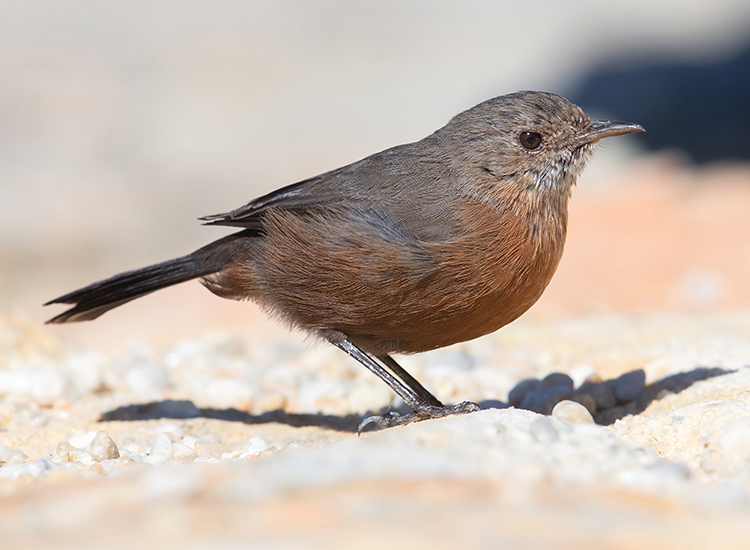
Protecting persistence: Listing species after the fires
Tuesday, 01 September 2020 -
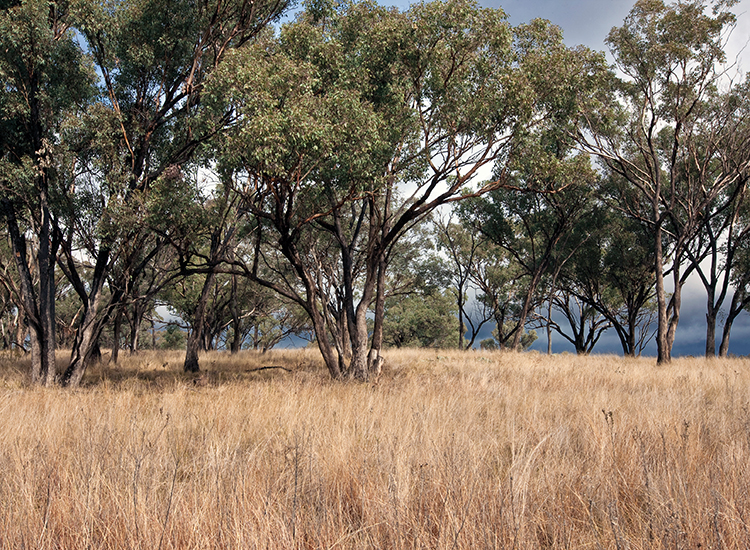
Post-fire recovery of Australia’s threatened woodlands: Avoiding uncharted trajectories
Wednesday, 02 September 2020 -
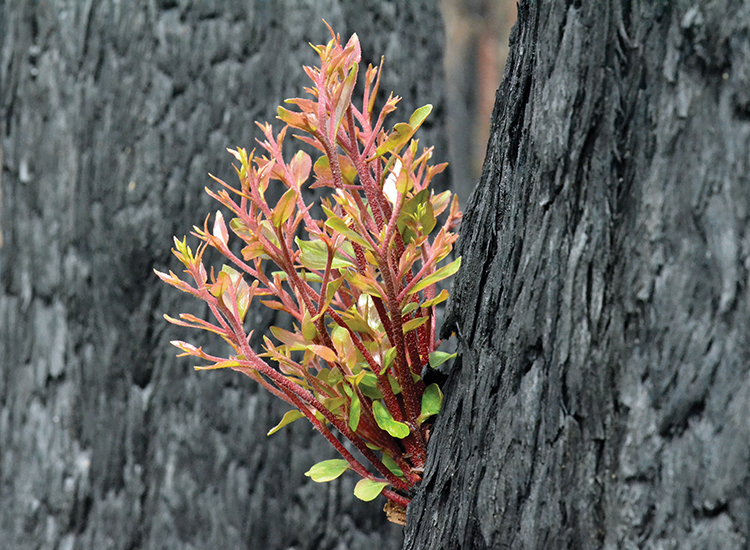
Plants in the ashes: Prioritising Australian flora after the fires
Monday, 31 August 2020 -
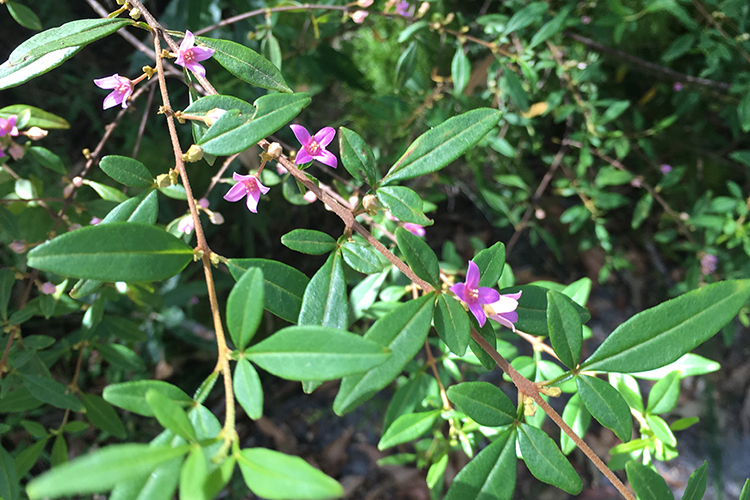
‘Tis the season...Understanding how threatened plants respond to different fires
Tuesday, 26 November 2019
